African-American Genealogy T he S lave Y ears 1750 1759 N ames and S urprising D etails  by Alex K Patterson
by Alex K Patterson  Copyright 2018 by Alex K Patterson African-American Genealogy, The Slave Years, 1750 1759, Names and Surprising Details published by Alex K Patterson. All rights reserved.
Copyright 2018 by Alex K Patterson African-American Genealogy, The Slave Years, 1750 1759, Names and Surprising Details published by Alex K Patterson. All rights reserved.  Published in the USA by DMSF
Published in the USA by DMSF 
 Digital books may appear a little differently per the make and model number of the e-reader used.
Digital books may appear a little differently per the make and model number of the e-reader used. 
CONTENTS

INTRODUCTION
M ANY of African heritage have no idea where to look for leads to solve old mysteries concerning their ancestors. Some are lucky as they know some older names, sometimes those including last names or the name or names of owners, maybe southern plantation owners. A few have very old family stories or lore lurking in the background that should be taken as leads.
This book, book number one of the Slave Years, will take you back to 1750, the earliest year found for public printings. Included within this book are items where names were listed, most showing varied details for each person. Added, to help show how life and circumstances were at this time frame, are a few general things found pertaining to people put up for sale although those few items show no names. It is amazing the overall education that was gained by doing extensive research and putting this book together. It is highly recommended that the reader read through each listing as slowly a perspective of the time frame will blossom. You will be reading the actual words of history during 1750-1759.
Jails were known as His Majestys Goals as the United States was still the property of England. The lands in America were known as Provinces and Colonies. The year 1773 brought the Boston Tea Party followed by the independence of America on July 4, 1776, the break from the British Empire. You will find some words spelled differently than they are spelled today. Those spellings were not altered as they are very common in this early day. A few of them, with current day spelling on the right, are: Cloaths - cloths or clothes Colour - color Complection complexion The word country is usually with a small c.
Harbouring - harboring Linnen linen Midling - middling Molatto and Molattoe - Mulatto Negro usually has an e and sometimes not capitalized. Osenbrigs - Ozenbrigs Publick - public Traveller - traveler Trowsers - trousers Wolen - Wollen Woollen wool

T HE YEAR OF 1750 APPEARS to be when public printings began that listed slave names, those being various advertisements concerning runaways, auctions and slaves for sale. The fact is that printers thought much that could be printed was a sideline. Searching for named people in the early years of this book took hundreds of hours. What was found is from what survived that early time frame. The population total for America, including all races was at 1,800,000, being close to the current day population for Philadelphia, Pennsylvania, per 2010 figures.
It is easy to see that overall, there were not a lot of people and they were widely spread in the settled British Provinces, now our cities and states. In that time period there were but a few newspapers and no federal or state laws as is known today. This early time in the history was before the United States became a country so if you expect to see all of the slave states listed in this first book, you wont find them. You will however find familiar city names and current state names, many stated as Provinces, for areas that were populated, most being in the north. Many Africans taken from Africa for slavery actually came to this country in the early years and many, through the generations, found their lineage in the south. It is said that the first legal slave owner was a black man named Anthony Johnson.
His birth was circa 1600 with his death in 1670. Sadly, Anthony was captured by an enemy tribe in Africa and sold to Arab slave traders. Eventually he was sold to a merchant that was employed by the Virginia Company. Anthony came to the Colony of Virginia in 1621 aboard the James and he was sold as an indentured servant. In 1635 he had his freedom and became a successful tobacco farmer in Maryland. Extensive information for Anthony can be found on the web so it is not repeated here and due to copyrights, those pages cannot be copied to this book.
Interestingly, found were many runaway indentured servants where it was expected that runaway slaves would be found. The Irish and Dutch seemed to rule for runaways during the years of this book, they being indentured servants. The Irish and Dutch white indentured servants are not shown in this book unless they ran away with a slave. Everything shown in this book was originally written in old English. It was typed for this book in modern day English. By the last year in this book, the number of entries is much more for the year than they are in the beginning of the book.
Speculation is that the slave population grew fast during this ten year span &/or the use of public printings grew.
 Next page
Next page
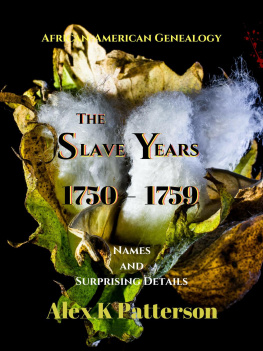

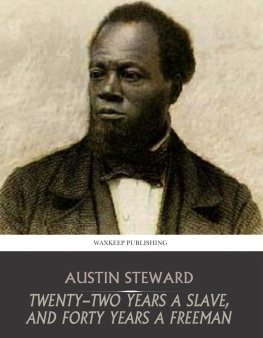
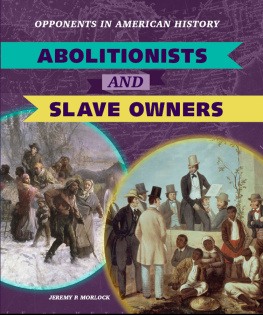
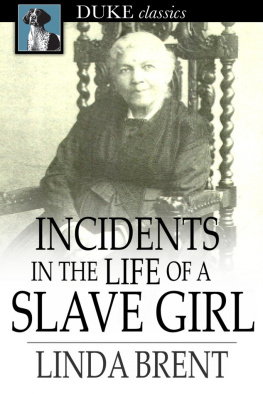
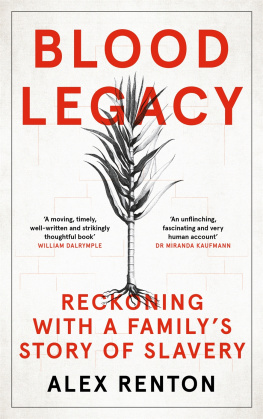
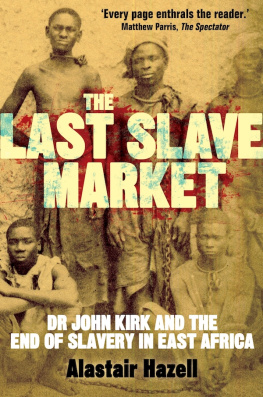
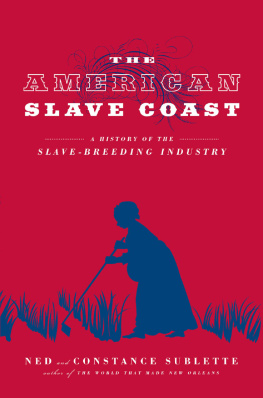
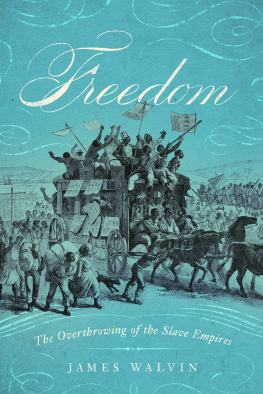
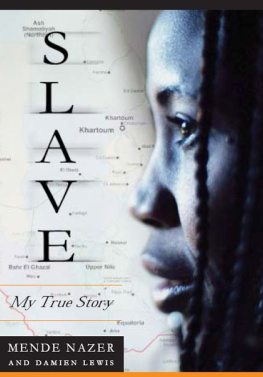
 by Alex K Patterson
by Alex K Patterson 





